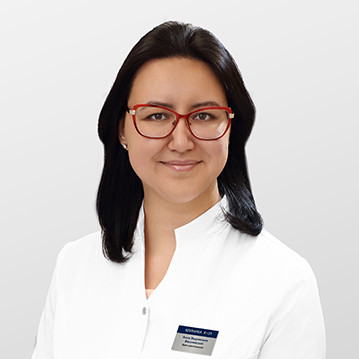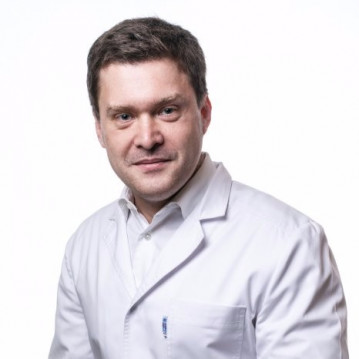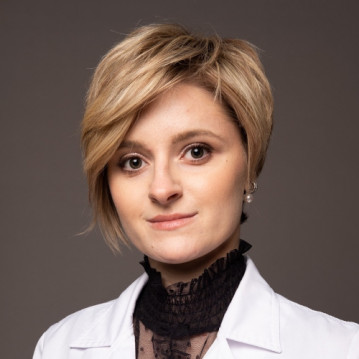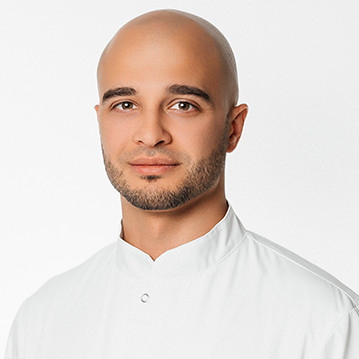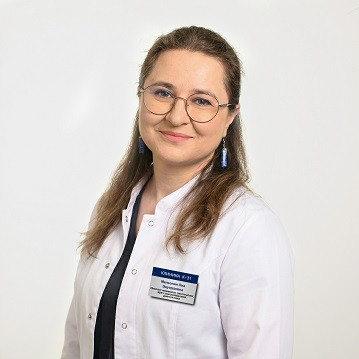The hand is a complex system of articulations of bones, joints, muscles, ligaments and tendons, and its diagnosis is difficult. To assess the state of all components, it is necessary to ensure high tissue contrast during the study.
Magnetic resonance imaging of the hand refers to non-invasive methods for diagnosing soft, cartilaginous and bone tissues of the distal arm.
MRI of the hand: what diagnostics show
Due to the fact that MRI of the hand gives an idea of the structures and conditions of hard and soft tissues, it allows you to diagnose:
- Osteoporosis.
- Necrosis
- Gout
- Ganglion cysts.
- Tendon ruptures.
- Injury to soft tissues and bones.
- Arthritis.
- Benign and malignant tumors.
With the help of MRI of the joints of the hands, it is possible to determine the causes of pain, impaired mobility in the area under study and choose the most effective treatment.
Indications for examination
An orthopedist, rheumatologist or traumatologist can refer a patient for an MRI of the hand if:
- Suspicion of arthritis, arthrosis, rheumatic diseases of the joints of the hand.
- Osteomyelitis.
- Tunnel syndrome.
- Hand injuries (bone fractures, torn ligaments, tendons and muscles, sprains, dislocations).
- Anomalies in the development of the joints.
- Planning hand surgery.
- Needs to monitor therapy.
- Circulatory disorders in the study area.
- Tendon diseases
- The appearance of neoplasms.
- Inflammatory pathologies in the joint.
- The appearance of foreign bodies in the tissues.
If necessary, you can do not a full MRI of the hands, but a partial one: MRI of the finger or MRI of the wrist.
The specialist prescribes a study of the wrist joint to determine the causes of pain, mobility disorders, etc.
Contraindications for MRI of the hands in case of joint disease
The procedure is absolutely safe and painless. During scanning, the human body is not exposed to radiation or other harmful radiation. Therefore, it is carried out both for adults and children.
However, there are a number of limitations to the procedure, so MRI is not prescribed:
- If the patient has ferromagnetic implants, including prostheses, pacemakers, vascular clips, and nerve stimulators.
- For severe claustrophobia.
- During pregnancy.
- For mental disorders, due to which a person will not be able to control his body and remain still.
- When the patient weighs more than 120 kg.
MRI with contrast has additional contraindications. So, the procedure can not be performed in patients with hepatic and renal insufficiency and severe bronchial asthma. Absolute contraindications include allergy to gadolinium and other components of the contrast agent. A temporary contraindication is to conduct an examination with contrast (MRI or CT) less than 36 hours before the procedure.
If necessary, the doctor who issued the referral for MRI of the hand informs the patient about additional restrictions.








